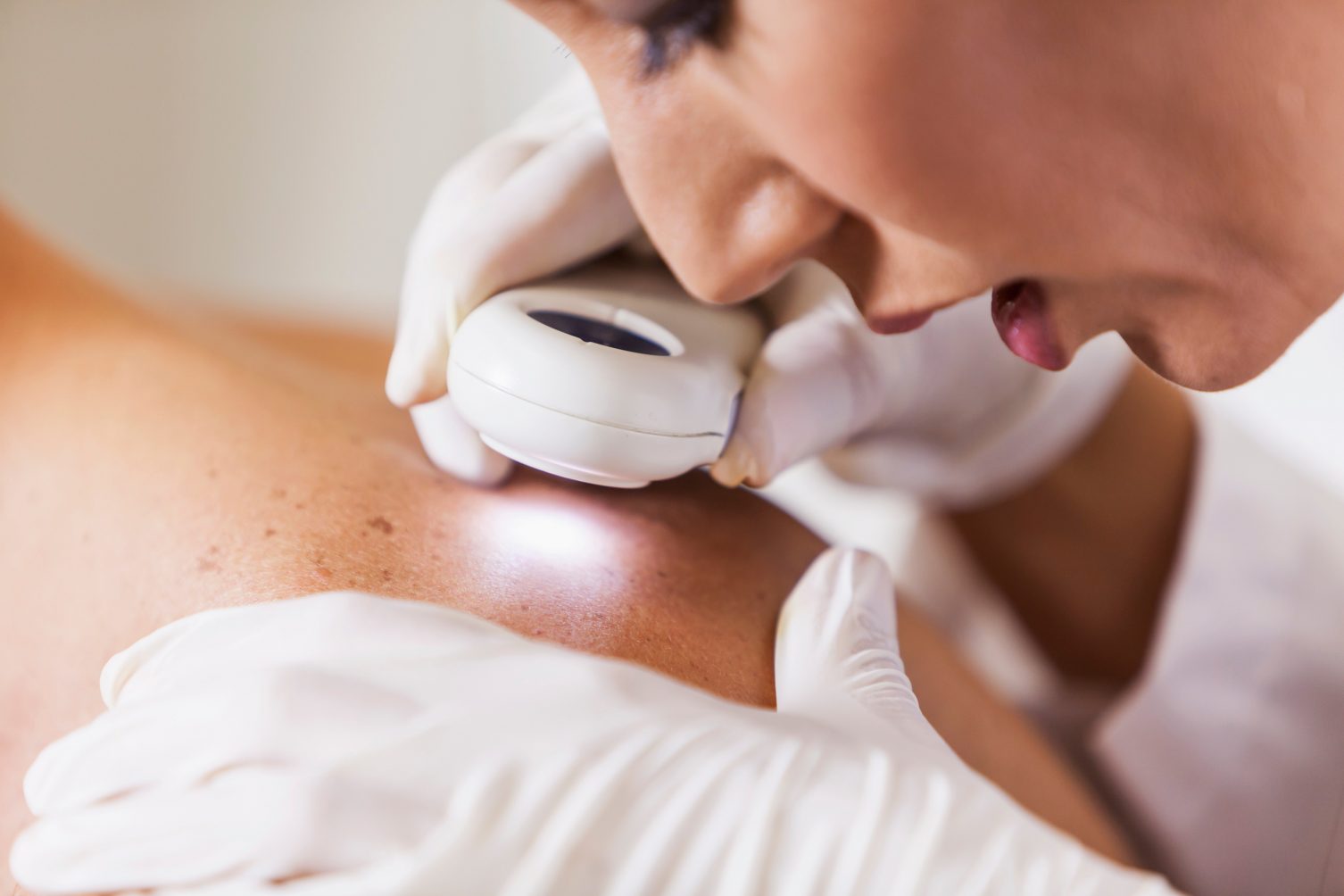The numbers don’t lie. They tell us that one in five Americans will develop skin cancer in his or her lifetime.
Why, then, do so few people get an annual skin cancer screening? Many see no reason to worry about it and often don’t until it’s too late. Men tend to think it’s more of a woman’s worry. And younger people mistakenly think skin cancer only happens to older people.
The facts about skin cancer reveal a different story. Invasive melanoma is estimated to be the fifth most common cancer for men and the seventh most common cancer for women.
Melanoma is the most common form of cancer for young adults 25 to 29 years old. It is the second most common form for adolescents and young adults 15 to 29 years old. And, in some cases, a family history of skin cancer is the culprit.
Tanning beds have become a public issue in the last few years because of the proven ill effects they cause. Because sun (and UV) exposure in childhood and the teenage years can be so damaging, policymakers in many states and territories are regulating minors’ use of tanning beds. At least 42 states regulate the use of tanning facilities by minors.
The World Health Organization estimates a 75% lifetime risk of melanoma in people who use tanning beds before age 30. The U.S. Surgeon General reports that more than 400,000 cases of skin cancer, about 6,000 of which are melanomas, are related to indoor tanning beds.
Prevention is the key, and this can only be accomplished through vigilant skin cancer screening and skin cancer awareness. Not only does this increase the possibility for treatment and cures, but it also educates people about the symptoms and risks of the disease. Knowing how to recognize suspicious moles and other skin anomalies is vital to skin cancer education and prevention.
“If a mole or other skin lesion changes in size, border, shape, or color, there is a reason for concern,” says Dr. Megan Lent, a board-certified dermatologist at U.S. Dermatology Partners in Overland Park, Kansas, and Chillicothe, Missouri. “Other indicators can be new growth on the skin, a sore that doesn’t heal or spots that are different, changing, itching or bleeding. This is definitely the time to see your board-certified dermatologist.”
Early detection saves lives. Don’t wait and hope it will go away or get better. That’s not the case with skin cancer. Every year more than 63,000 new cases of melanoma are diagnosed, resulting in nearly 9,000 deaths. Make the decision not to be one of them.
The numbers don’t lie. Decide now to make annual skin cancer screening an integral part of your health care routine.
Looking to get a Skin Cancer Screening?
If you have other dermatological conditions ask your board-certified dermatologist for an examination of any of them. We have multiple locations throughout the country, so fill out our simple online form to get in touch with us. One of our local team members will reach out to you shortly to answer your questions or schedule an appointment for you to visit us soon.
Find a location near me
or


